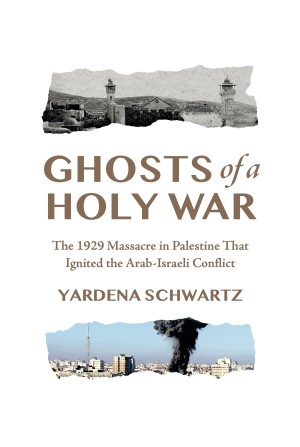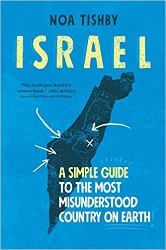Although 1936 is not a date in Middle East history that resonates in the way the years 1948, 1967, and now 2023 do, it was a landmark year for both Jewish and Arab nationalism. And, as Oren Kessler points out in his new book, it was also the beginning of the end of British Mandate rule in Palestine. In hindsight, it was a prelude to the creation of the modern State of Israel.
In 1936, the Arabs began a three-year rebellion against the British occupation of Palestine and the expanding Jewish presence in the area, provoking violent clashes among the three sides. It was the first Arab revolt, and it would ultimately succeed in driving out the British. The Jews, however, remained.
As the British Empire began to retreat from the world stage, it created mandates and commissions for its colonies’ independence. A partition proposal for Palestine, Kessler posits, was the first two-state plan. Then, as would continue to be the case, it satisfied no one. These actions took place as the world stood on the brink of war. British Prime Minister Neville Chamberlain was in favor of appeasement and worked to restrict immigration to Palestine; Hitler was persecuting, and about to murder, the Jews of Europe. Tragically, the turbulence of 1936 in many ways foretold the future of the Middle East for the rest of the twentieth century, and now into the twenty-first.
Selective portrayals of Jewish, British, and Arab figures help bring this dramatic history to life. They include Weizmann, Ben-Gurion, and Jabotinsky; British prime ministers Chamberlain and Churchill; and the eccentric Orde Wingate, a Christian Zionist and Arabist. Then there was the Grand Mufti of Jerusalem, a Hitler ally with four “no”s: no Mandate, no Jewish national home, no Jewish immigration, and no Arab land sales to Jews. But there was also Musa Alami, an Arab nationalist who sought fascist support but who communicated with Ben-Gurion with mutual civility and respect. He, like Ben-Gurion, aspired to make the desert bloom.
Kessler succeeds in shaping a narrative that is both comprehensive and easy to follow. While he focuses mainly on the Arab revolt of 1936, he also takes the story back and forth in time in a manner that helps us understand our world today.




